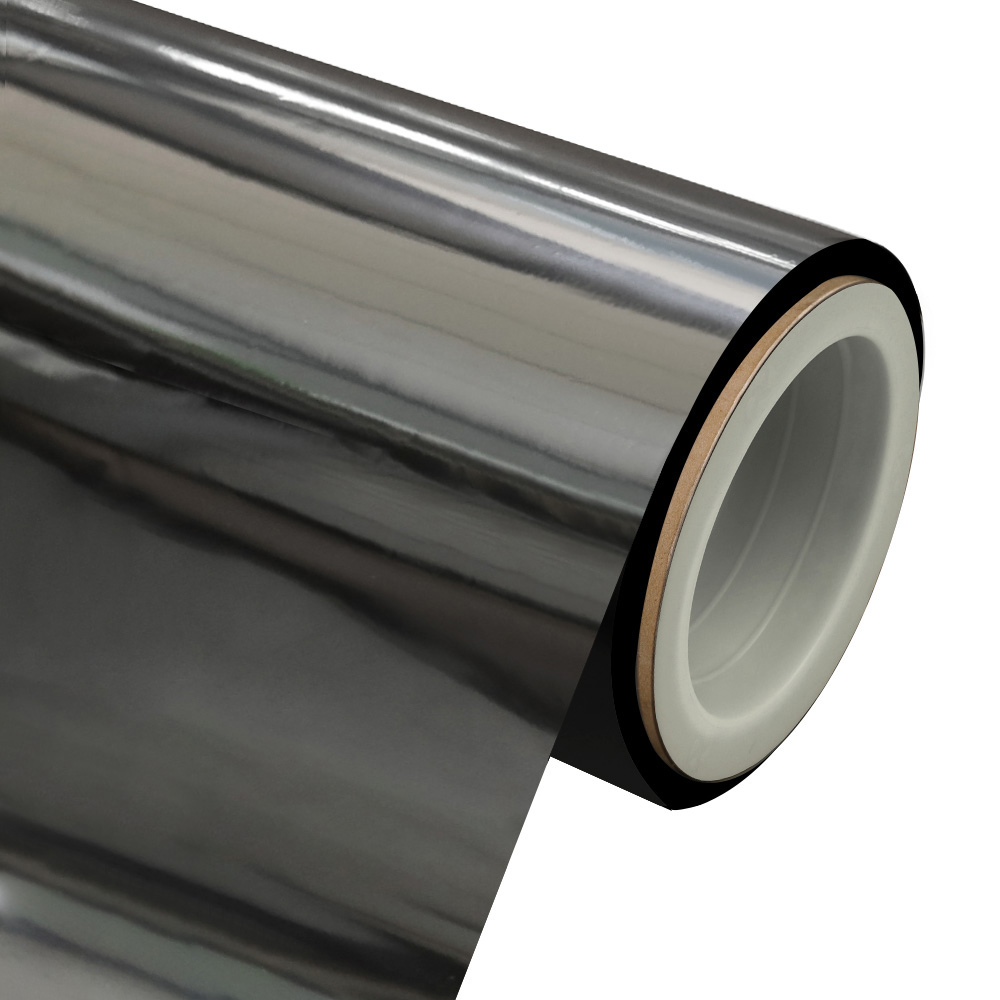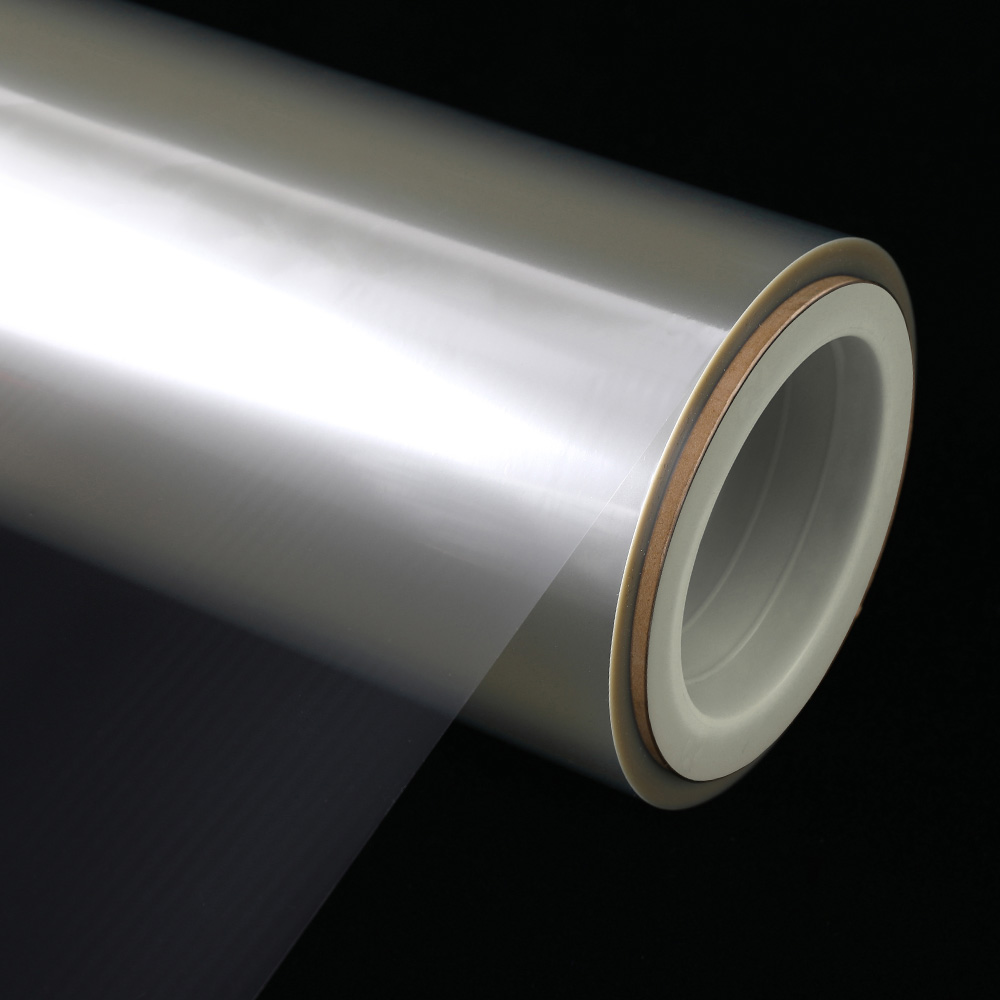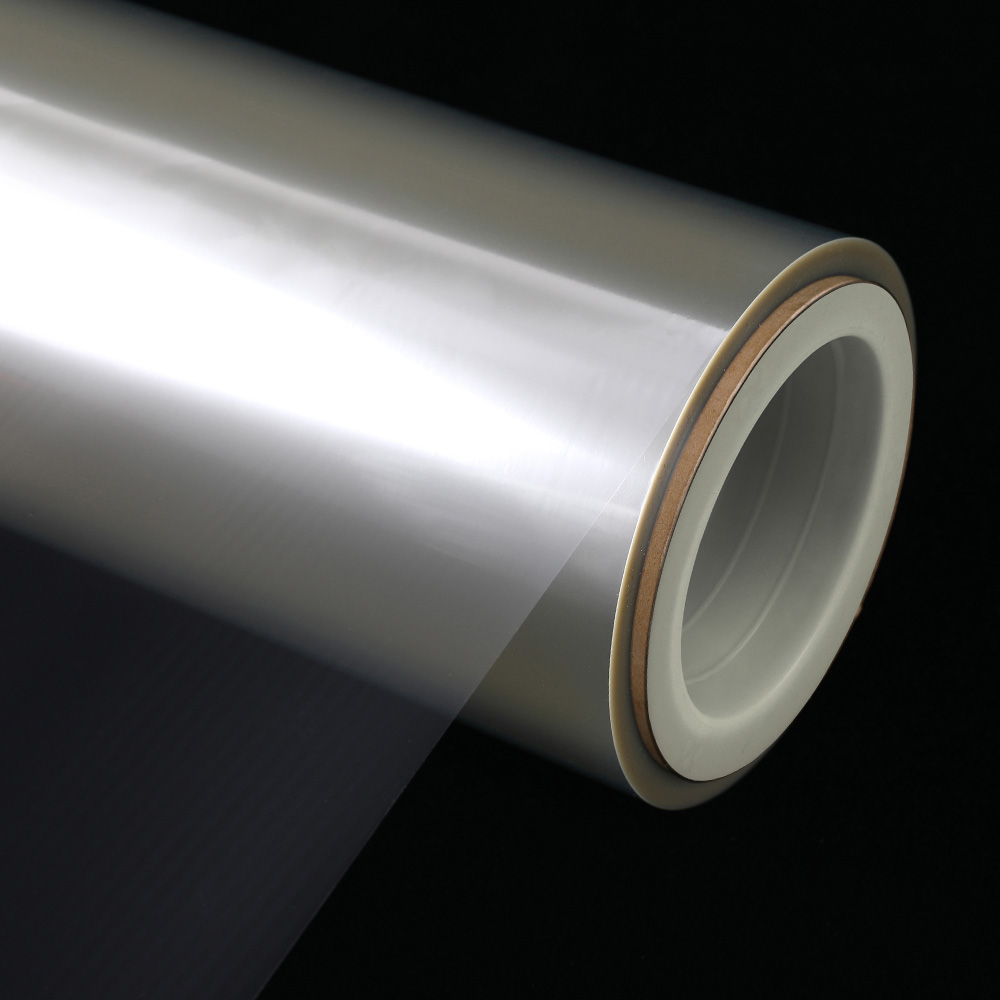Clarity and Strength: How Does PVA Coated PET Film Achieve Both?
In the world of high-performance materials, the combination of seemingly opposing properties is often the key to innovation. Transparency and durability, for instance, are characteristics that do not frequently coexist. Glass offers clarity but is brittle and heavy. Many robust plastics lack the desired optical purity. This is where engineered composite films enter the picture, specifically designed to bridge this gap. One such material that masterfully balances these attributes is pva coated pet film.
The Foundation: Understanding the Base PET Film
To comprehend the final product, one must first understand the substrate that forms its backbone: the Polyethylene Terephthalate (PET) film. This polymer film is the primary contributor to the strength and structural integrity of the pva coated pet film.
Inherent Molecular Structure and Tensile Strength
PET is a thermoplastic polymer from the polyester family. Its molecular structure is characterized by long, rigid polymer chains and aromatic rings, which create a high degree of crystallinity and orientation. When the polymer is stretched during the manufacturing process, these chains align in the direction of the stress. This molecular alignment is the fundamental reason for the film’s exceptional tensile strength and dimensional stability. It can withstand significant pulling forces without stretching or breaking, a critical property for materials used in roll-to-roll processing and applications under mechanical load. This intrinsic strength means that even a thin gauge of PET film provides a robust foundation, contributing to lightweight packaging solutions that do not compromise on durability.
Dimensional Stability and Thermal Resistance
Another key aspect of the PET film’s strength is its dimensional stability. It exhibits minimal shrinkage or expansion under varying temperature and humidity conditions. This stability is vital in applications like flexible printed electronics or graphic lamination, where any distortion could lead to misalignment or functional failure. Furthermore, PET film possesses a high glass transition temperature and can withstand moderate heat, making it suitable for processes that involve brief exposure to elevated temperatures, such as during the coating process itself or in post-processing lamination.
The Role of Clarity in the Base Substrate
While the PVA coating will later enhance certain optical properties, the base PET film itself is engineered for high clarity and low haze. Through precise control of the extrusion and stretching processes, manufacturers can produce films that are optically clear, allowing for high light transmission. This native transparency is a non-negotiable starting point for applications where visual appeal or unobstructed visibility is paramount, such as in retail packaging or touch screen panels. The base film acts as a clear, strong window upon which functional layers can be added.
The Functional Layer: The Science of the PVA Coating
If the PET film provides the skeleton, the Polyvinyl Alcohol (PVA) coating is the functional skin. This water-soluble polymer is applied to the PET substrate to impart specific, highly valuable properties that the base film alone does not possess. The synergy between the two materials is where the true magic of pva coated pet film lies.
The Nature of Polyvinyl Alcohol
PVA is a synthetic polymer known for its excellent film-forming capabilities, high oxygen barrier properties, and hydrophilicity (water-attracting nature). Unlike the hydrophobic PET, PVA molecules contain hydroxyl groups (-OH) that form strong hydrogen bonds with each other and with water molecules. This dense, hydrogen-bonded network creates a tortuous path for gas molecules, particularly oxygen, making it an outstanding barrier coating. This property is crucial for preserving the freshness and shelf-life of oxygen-sensitive foods and pharmaceuticals. For buyers in the packaging industry, this translates to a clear film that protects contents effectively without the need for metallic layers, which would compromise transparency.
Adhesion and Compatibility
A critical challenge in creating a high-performance pva coated pet film is achieving perfect adhesion between the PVA layer and the PET substrate. PET is inherently non-porous and has a low surface energy, making it difficult for other materials to bond with it. To overcome this, the PET film surface often undergoes a corona treatment or is primed with a special adhesive layer. This treatment increases the surface energy of the PET, allowing the aqueous PVA solution to wet the surface evenly and form a strong, continuous bond upon drying. A uniform coating without defects like pinholes or cracks is essential for consistent barrier performance and overall product reliability.
Customization Through Coating Formulation
The PVA coating is not a one-size-fits-all solution. Its properties can be finely tuned based on the end-use application. For instance, the molecular weight of the PVA resin and the degree of hydrolysis (removal of acetate groups) can be varied. A fully hydrolyzed PVA offers superior oxygen barrier properties under dry conditions, while a partially hydrolyzed grade may offer better resistance to moisture. Furthermore, the coating can be cross-linked with other agents to enhance its water resistance or mechanical durability. This ability to customize the coating formulation makes pva coated pet film a versatile material for a wide range of technical applications.
The Synergy: How Clarity and Strength Are Achieved Simultaneously
The combination of PET and PVA is not merely additive; it is synergistic. The final pva coated pet film exhibits properties that are greater than the sum of its parts, successfully achieving high levels of both clarity and strength without significant compromise.
Maintaining Optical Clarity in a Composite Structure
The primary reason pva coated pet film maintains its clarity is that both the substrate and the coating are optically clear polymers. The coating process is designed to be exceptionally precise and uniform. Techniques such as gravure coating or mayer rod coating allow for the application of a very thin, consistent layer of PVA solution onto the PET film. This thinness is measured in microns. Because the coating is so thin and uniform, and because the refractive indices of PET and PVA can be matched through formulation, light passes through the composite film with minimal scattering, reflection, or absorption. This results in a final product with high light transmittance and low haze, preserving the “crystal-clear” visual appeal that is so critical for consumer packaging and display applications. The clarity is not an afterthought; it is a designed-in feature ensured by controlled manufacturing.
Reinforcing Mechanical Strength
While the PET film provides the bulk of the tensile strength, the PVA coating contributes to the overall durability of the composite structure. A well-adhered PVA layer adds to the film’s scratch resistance and surface hardness, protecting the underlying PET from abrasion during handling and conversion. More importantly, the composite film benefits from the distinct properties of each layer. The PET film provides rigidity and puncture resistance, while the PVA coating can add a degree of toughness. This combination results in a material that is difficult to tear, resistant to cracking, and capable of withstanding the rigors of converting processes like printing, cutting, and lamination. The strength is thus a multi-faceted attribute, derived from the robust base and enhanced by the functional coating.
Balancing Barrier Properties with Physical Performance
The synergy also extends to functional performance. The strong, dimensionally stable PET film provides an ideal platform for the fragile, inorganic barrier coating. Without the PET’s support, a thin PVA layer would be mechanically weak and difficult to handle. The PET substrate allows the PVA to perform its primary function—blocking oxygen—without concern for mechanical failure. This perfect division of labor is the core of the material’s success: the PET handles the structural duties, while the PVA handles the protective, barrier duties, and together they maintain a clear, high-strength profile.
Key Applications Leveraging Both Clarity and Strength
The unique property set of pva coated pet film makes it indispensable in several advanced industries. The following table summarizes how different sectors utilize both its clarity and strength.
| Industry/Application | How Clarity is Utilized | How Strength is Utilized |
|---|---|---|
| High-Barrier Food Packaging | Allows consumers to see the product, enhancing visual appeal and brand presentation. | Withstands packaging machinery stresses, resists puncturing from sharp food edges, and maintains seal integrity. |
| Pharmaceutical Blister Packaging | Enables easy identification of pills and dosage without opening the package. | Provides durability for automated blister-forming and packing lines, and protects against crushing. |
| Graphic Arts & Overlamination | Protects printed graphics without distorting colors or details, offering a glossy or matte finish. | Provides a scratch-resistant and durable surface that protects graphics from abrasion, moisture, and UV fading. |
| Electronic Display Components | Used as a release film or protective layer in LCD and touch panel manufacturing, where optical purity is critical. | Withstands high-temperature processing and provides dimensional stability for precise layer alignment in displays. |
| Industrial Release Films | Not always required, but clarity can aid in alignment and inspection during composite layup processes. | Provides the tensile strength and tear resistance needed for handling and demolding from composite parts. |
The Role in Sustainable Packaging Solutions
A growing application area that leverages both properties is sustainable packaging. As the industry moves away from multi-layer, difficult-to-recycle materials, pva coated pet film presents an attractive alternative. Its structure often allows for easier recycling in PET streams compared to metallized or polyolefin-based laminates. The clarity maintains the premium look demanded by brands, while the strength ensures that lightweight, reduced-material packages do not fail. For buyers and wholesalers, this positions the material as a forward-thinking choice aligned with environmental regulations and consumer preferences.
Selection Criteria and Technical Considerations for Buyers
For wholesalers and buyers looking to source pva coated pet film, understanding the technical specifications is crucial to ensuring the material meets the demands of the end application. Focusing on key performance indicators related to both clarity and strength will guide a successful procurement strategy.
Evaluating Optical Properties
When specifying for clarity, buyers should look beyond a simple visual inspection. Technical data sheets provide quantifiable metrics. Haze is a measure of the percentage of transmitted light that is scattered, with lower values indicating greater clarity. Transmittance measures the total percentage of visible light that passes through the film. For a high-clarity pva coated pet film, haze values are typically very low, and transmittance values are very high. Consistency in these optical properties across a production batch is also a mark of a high-quality manufacturer.
Assessing Mechanical and Barrier Performance
The strength of the film is quantified through several standardized tests. Tensile strength (both in the machine and transverse directions) indicates the force the film can withstand before breaking. Elongation at break shows how much the film can stretch. Young’s modulus is a measure of stiffness. For the coating’s performance, the oxygen transmission rate (OTR) is the most critical metric, indicating how effectively the film acts as an oxygen barrier. This rate is typically measured under specific conditions of temperature and humidity, as PVA’s barrier properties can be humidity-sensitive.
Understanding the Impact of Thickness
The thickness of both the PET substrate and the PVA coating plays a significant role in the final properties. A thicker PET base generally translates to higher tensile strength, puncture resistance, and stiffness. Conversely, a thicker PVA coating can enhance the oxygen barrier properties. However, increasing thickness can also reduce flexibility and increase material cost. Therefore, selecting the right grade involves a careful balance, optimizing for the most critical requirements of the application without over-engineering the solution.
The question of how pva coated pet film achieves both exceptional clarity and notable strength is answered through a deep understanding of its composite nature. The robust, transparent PET film substrate provides the foundational strength, dimensional stability, and base clarity. The meticulously applied PVA coating adds a powerful oxygen barrier function and enhances surface durability without significantly impeding light transmission. It is the synergistic relationship between these two layers—each performing its designated role with precision—that allows this advanced material to excel. The strong PET backbone supports the functional PVA layer, and the thin, uniform PVA coating performs its protective duty without compromising the visual access provided by the clear base.


 English
English  中文简体
中文简体 





